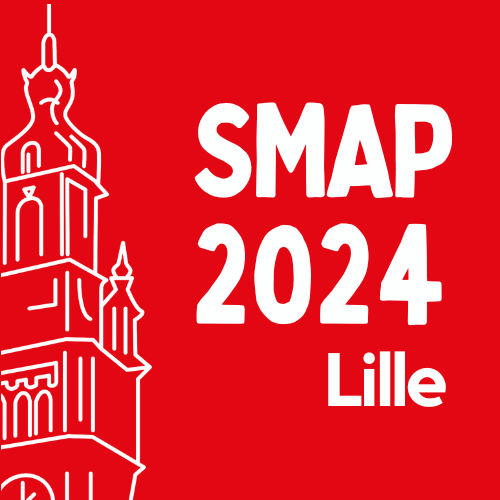
Session: Session 2
Bioinformatics workflow for the characterization of a new specific protein's classes of cancer cells: externalized proteins
Introduction
Several studies carried out over the past 20 years have shown that certain proteins which are normally in intracellular compartments in healthy cells can be exported to the surface, without transmembrane domains (TM) and signal peptide (SP) sequences, when the cells become cancerous. This new class of proteins is called “externalized proteins” or eProteins. When eProteins are present on the surface, they acquire new functions involved in tumorigenesis. These eProteins represent therapeutic targets of choice because their role in tumor functions and their specific exposure to the surface of cancer cells make them easily accessible to targeting by therapeutic monoclonal antibodies. We developed a proteomics method that allowed us to characterize surface proteomes of different cancer cell lines. This method makes it possible to enrich the surface proteome with eProteins.
Methodology
A proteomic analysis by nanoLC-MS/MS was performed to identify proteins of interest in different cell lines. A bioinformatic workflow was developed to highlight the eproteins by combining tools that identify transmembrane helixes and signal peptides (TMHMM, signalP, Phobius) and subcellular location prediction tools (Deeploc and GO ontology annotation). A GO ontology enrichment analysis is then performed by using eProteins as interest proteins.
Results and conclusion
This method makes it possible to enrich the surface proteome with eProteins (TM-SP-) which represents up to 70% of the proteins identified at the membrane (versus 5 to 27% for classic proteomic approaches). The identification of eProteins (and other group of proteins) can be confirmed by subcellular location predictions. eProteins are predicted coming from cytoplasm, nucleus and mitochondrion. Results are also consistent for the other groups of proteins. The GO ontology enrichment analysis highlight one major Molecular Function related to binding that seems to be enriched in eProteins.